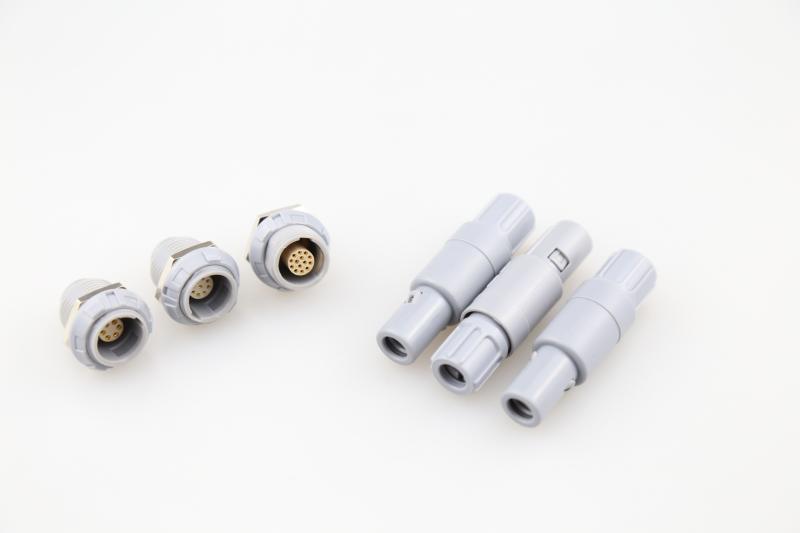

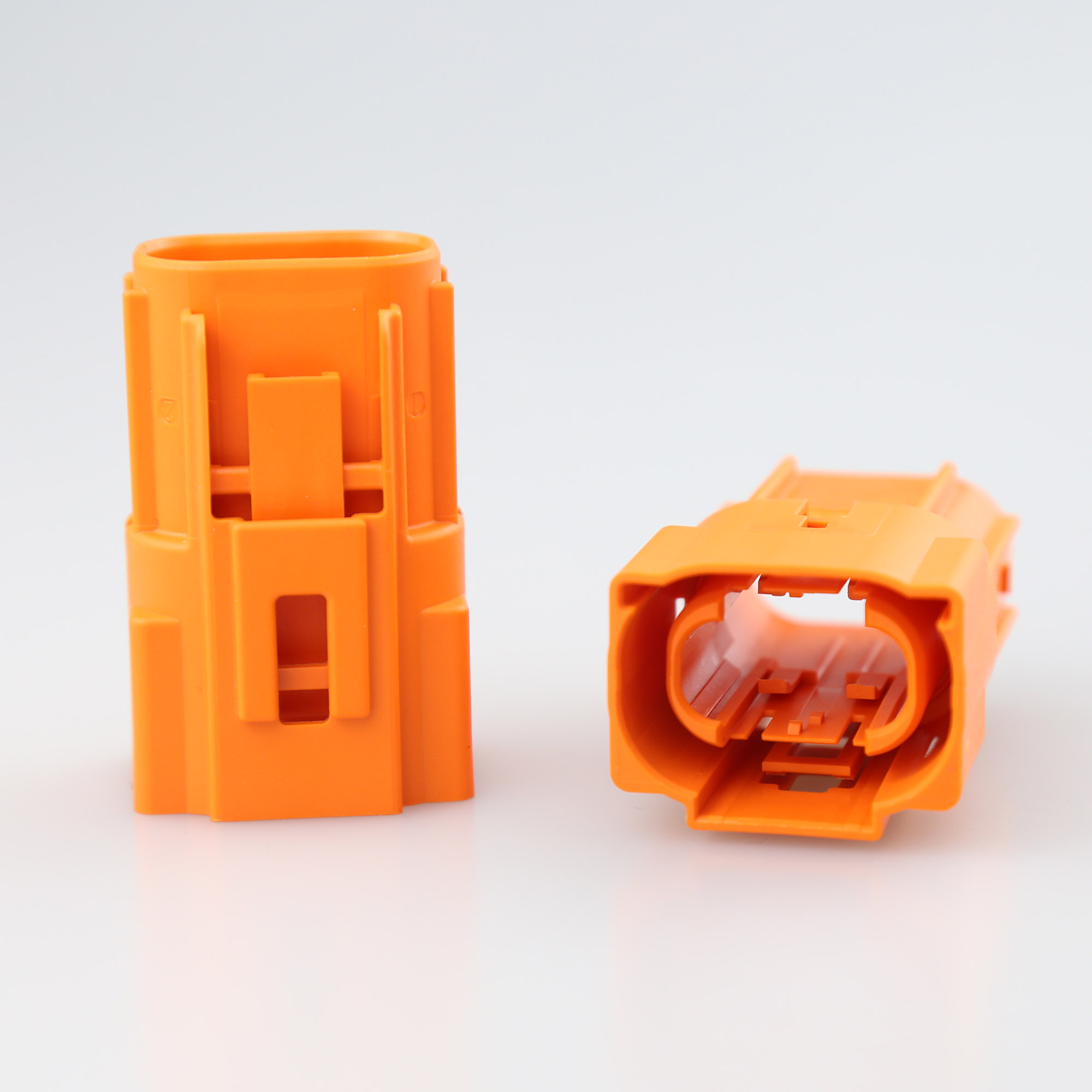
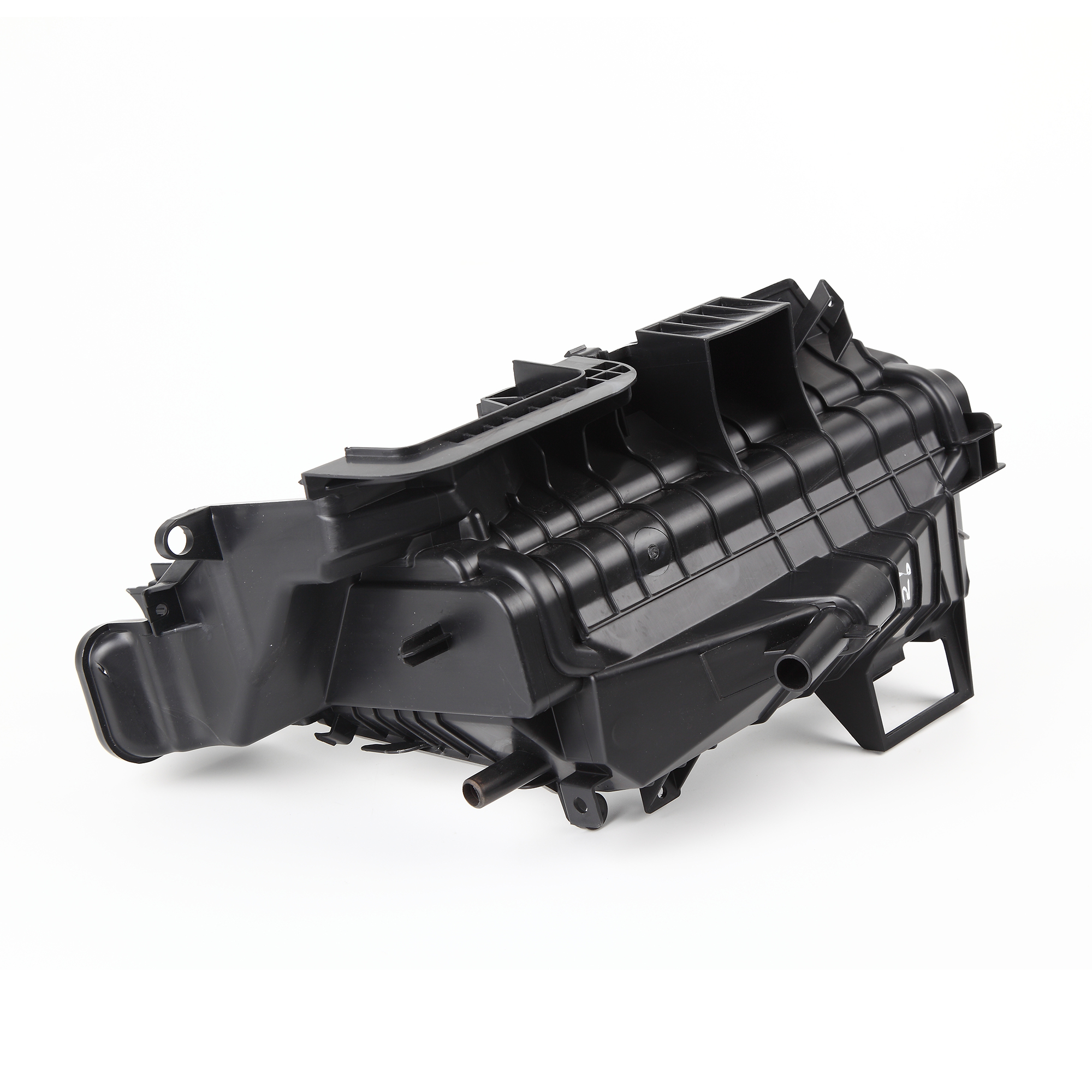
In the world of consumer goods, plastic molds play a crucial role in manufacturing a wide range of products, from household items to electronic enclosures. Understanding the intricacies of consumer plastic molds can help manufacturers produce high-quality, durable, and cost-effective products. This blog post delves into the essential aspects of consumer plastic molds, including their benefits, types, and best practices for quality manufacturing.
Understanding Consumer Plastic Molds
1. What is a Plastic Mold?
A plastic mold is a hollow form or matrix used to shape plastic material into desired products through molding processes. These molds are used in various manufacturing methods, such as injection molding, blow molding, and rotational molding, to produce consistent and precise plastic parts.
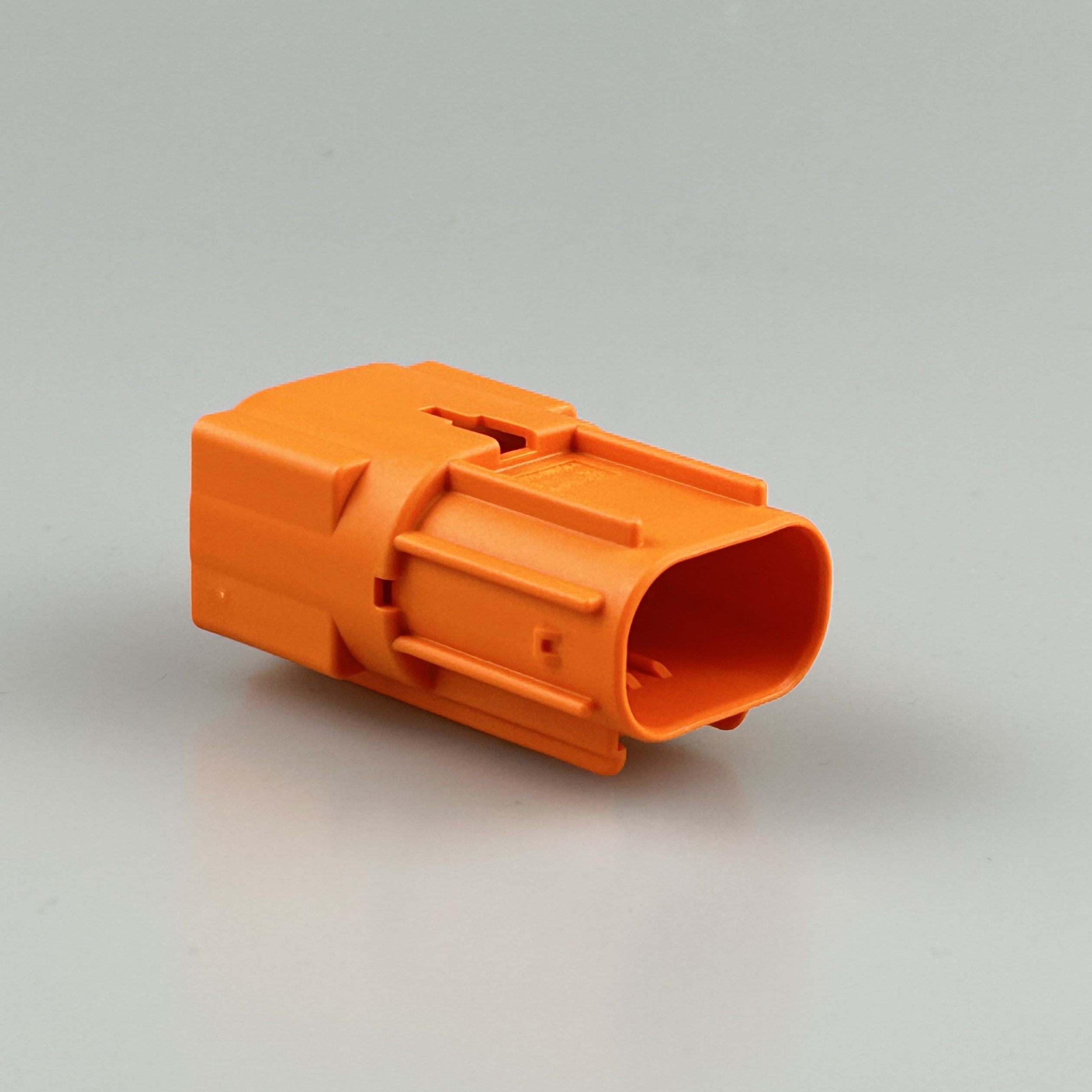
Benefits of Using Plastic Molds in Consumer Goods
1. Cost-Effective Production
Plastic molding processes are highly efficient, allowing for mass production of parts at a lower cost per unit. This efficiency makes it possible to produce consumer goods affordably, meeting market demand without compromising quality.
2. High Precision and Consistency
Plastic molds offer high precision, ensuring that each product meets exact specifications. This consistency is crucial for consumer goods, where uniformity in appearance and functionality is essential.
3. Versatility
Plastic molds can be used to create a wide range of products, from small intricate components to large complex shapes. This versatility makes them ideal for various industries, including automotive, electronics, and home appliances.
4. Durability
Products made with plastic molds are typically durable and long-lasting. The mold design ensures that the plastic material is evenly distributed, resulting in sturdy and reliable products.
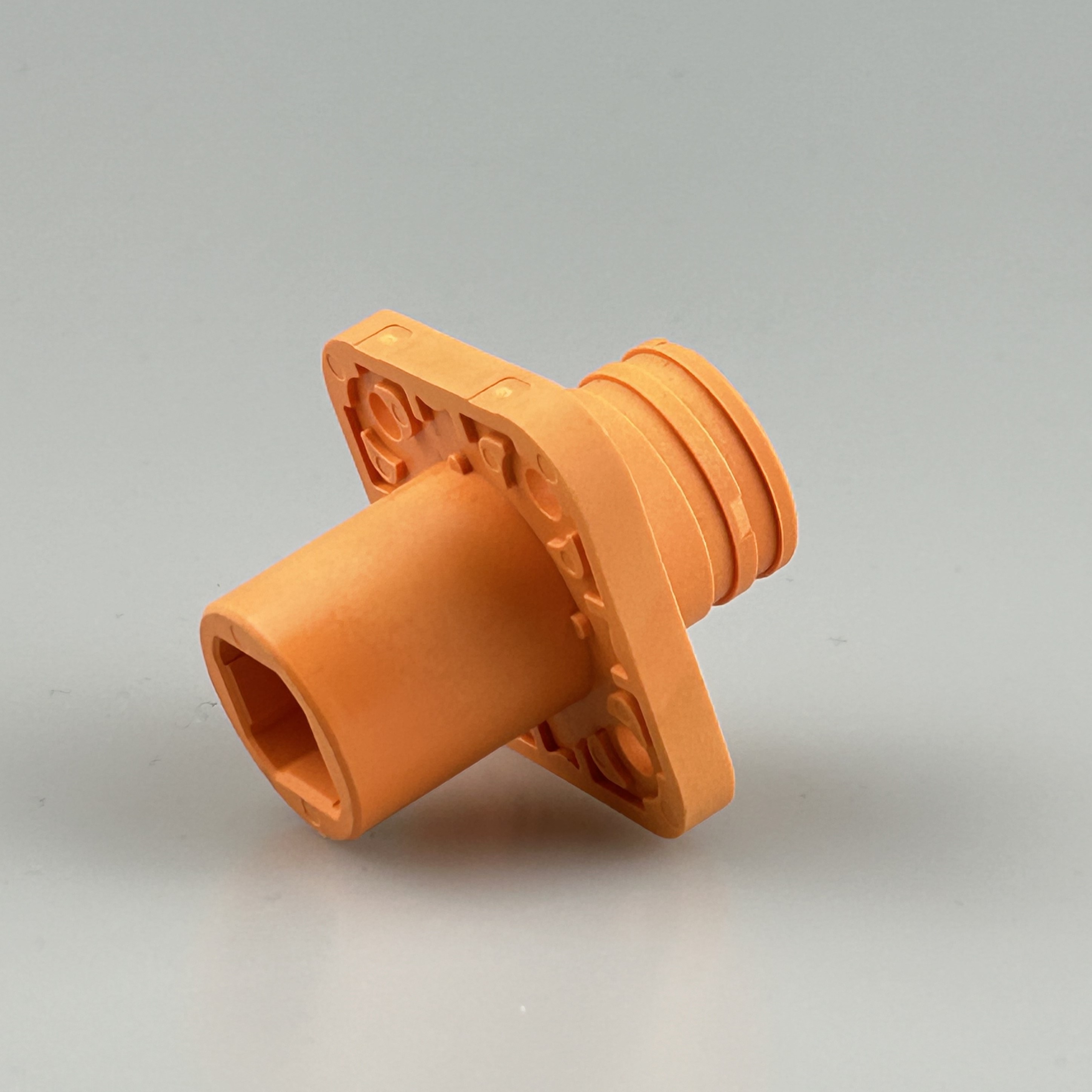
Types of Consumer Plastic Molds
1. Injection Molds
Injection molding is one of the most common methods used in consumer plastic mold manufacturing. It involves injecting molten plastic into a mold cavity, where it cools and solidifies into the desired shape. Injection molds are ideal for producing high-volume, intricate parts with tight tolerances.
2. Blow Molds
Blow molding is used to create hollow plastic parts, such as bottles and containers. In this process, a heated plastic tube is inflated into a mold cavity, forming the shape of the mold. Blow molds are suitable for producing lightweight and uniform hollow products.
3. Rotational Molds
Rotational molding, or rotomolding, involves heating plastic material inside a rotating mold. The material coats the interior of the mold, creating a hollow part with even wall thickness. Rotational molds are perfect for producing large, hollow items like tanks and playground equipment.
4. Thermoforming Molds
Thermoforming involves heating a plastic sheet and forming it over a mold using vacuum or pressure. This method is commonly used for packaging, trays, and disposable containers. Thermoforming molds are cost-effective for low to medium production volumes.
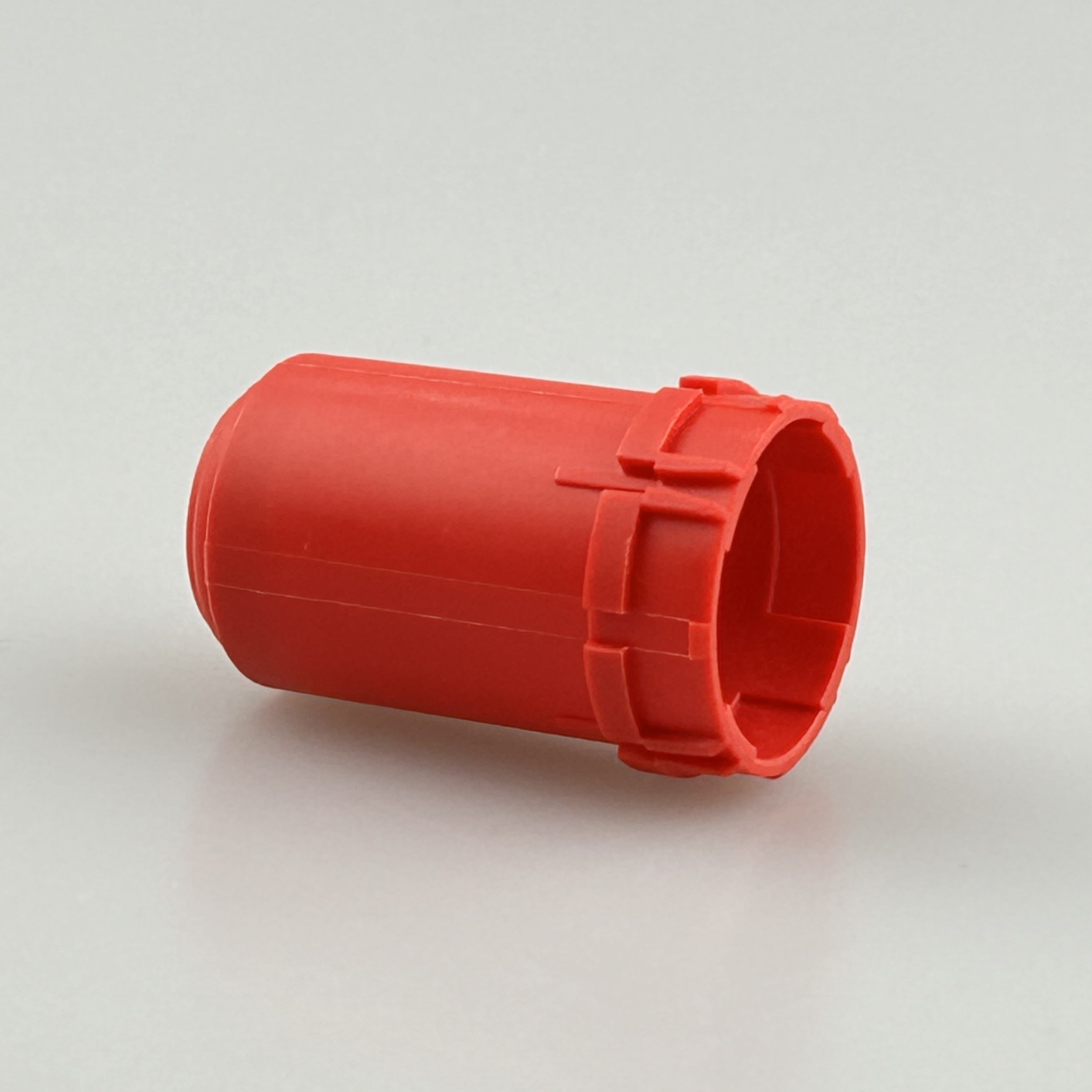
Best Practices for Quality Manufacturing with Plastic Molds
1. Material Selection
Choosing the right plastic material is crucial for the success of the molding process. Consider factors such as strength, flexibility, heat resistance, and chemical compatibility to ensure the final product meets the desired specifications.
2. Mold Design
A well-designed mold is essential for producing high-quality parts. Ensure the mold has proper gating, venting, and cooling channels to facilitate efficient molding and minimize defects.
3. Regular Maintenance
Regular maintenance of molds is necessary to prolong their lifespan and ensure consistent product quality. This includes cleaning, inspection, and timely repairs to prevent wear and tear.
4. Quality Control
Implementing rigorous quality control measures throughout the production process helps identify and rectify defects early. Use techniques such as visual inspection, dimensional analysis, and functional testing to ensure products meet quality standards.
5. Efficient Production Planning
Efficient production planning involves optimizing the molding process to reduce cycle times and increase productivity. This includes proper scheduling, inventory management, and machine calibration to achieve maximum efficiency.
Conclusion
Consumer plastic molds are integral to the manufacturing of high-quality, cost-effective products. By understanding the different types of molds and adhering to best practices, manufacturers can produce durable and precise plastic parts that meet consumer demands. Whether it's for household items, electronics, or automotive components, mastering the use of plastic molds can significantly enhance product quality and manufacturing efficiency.